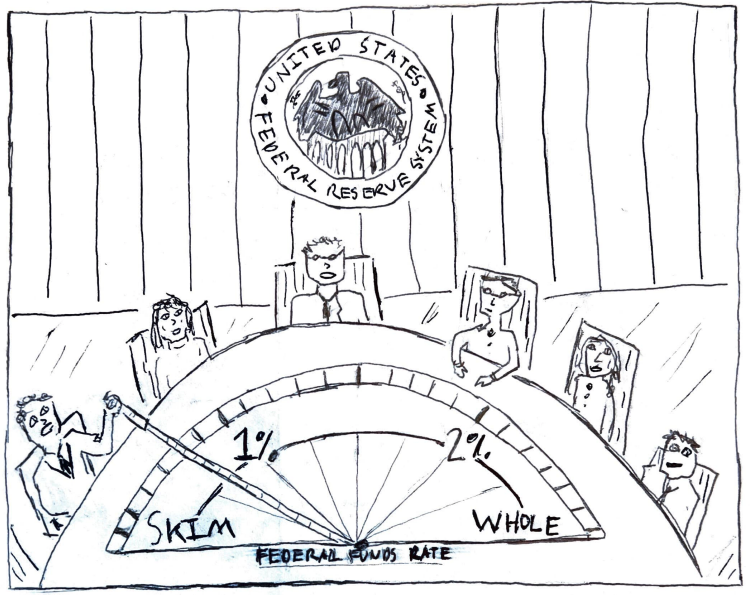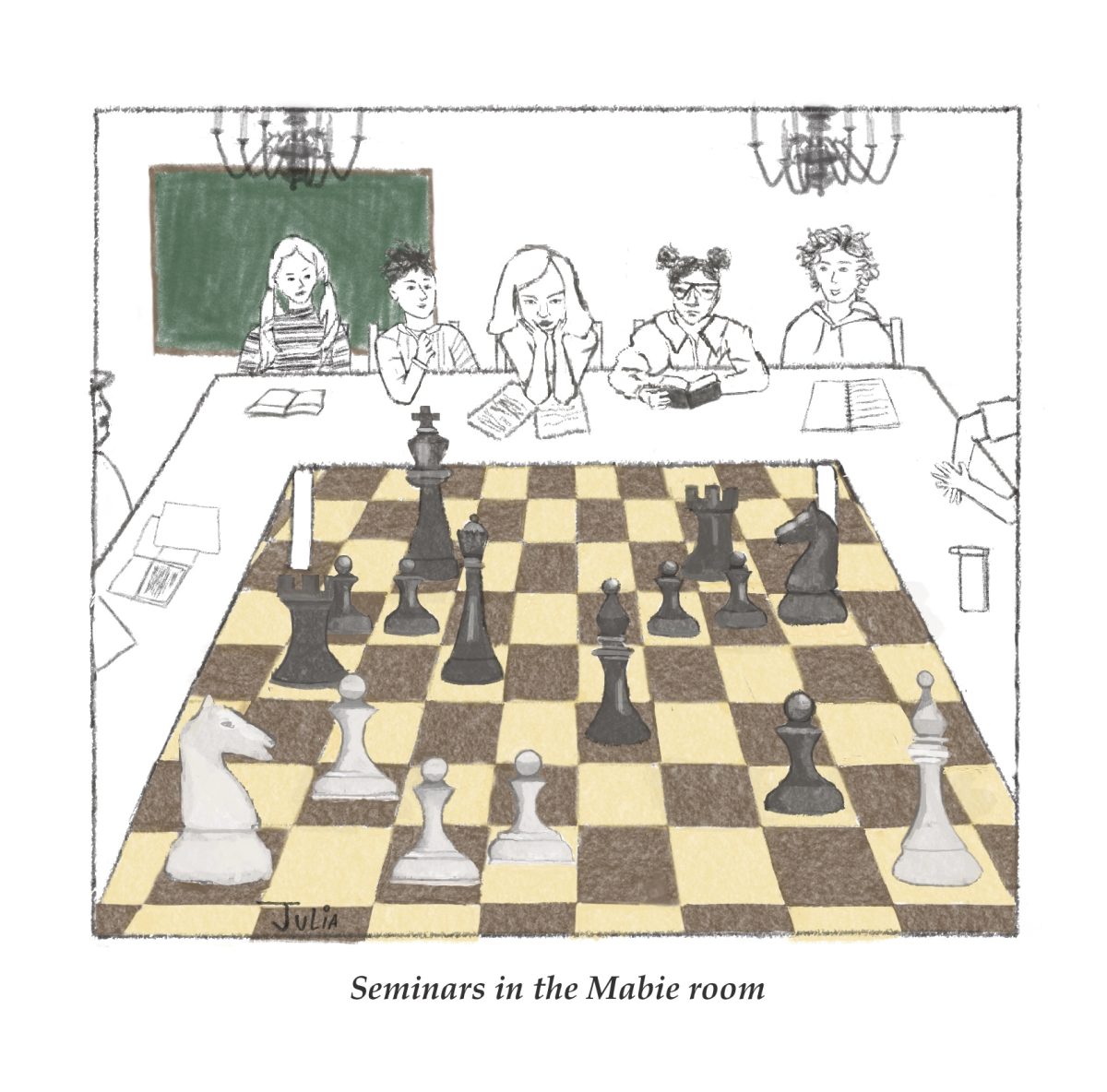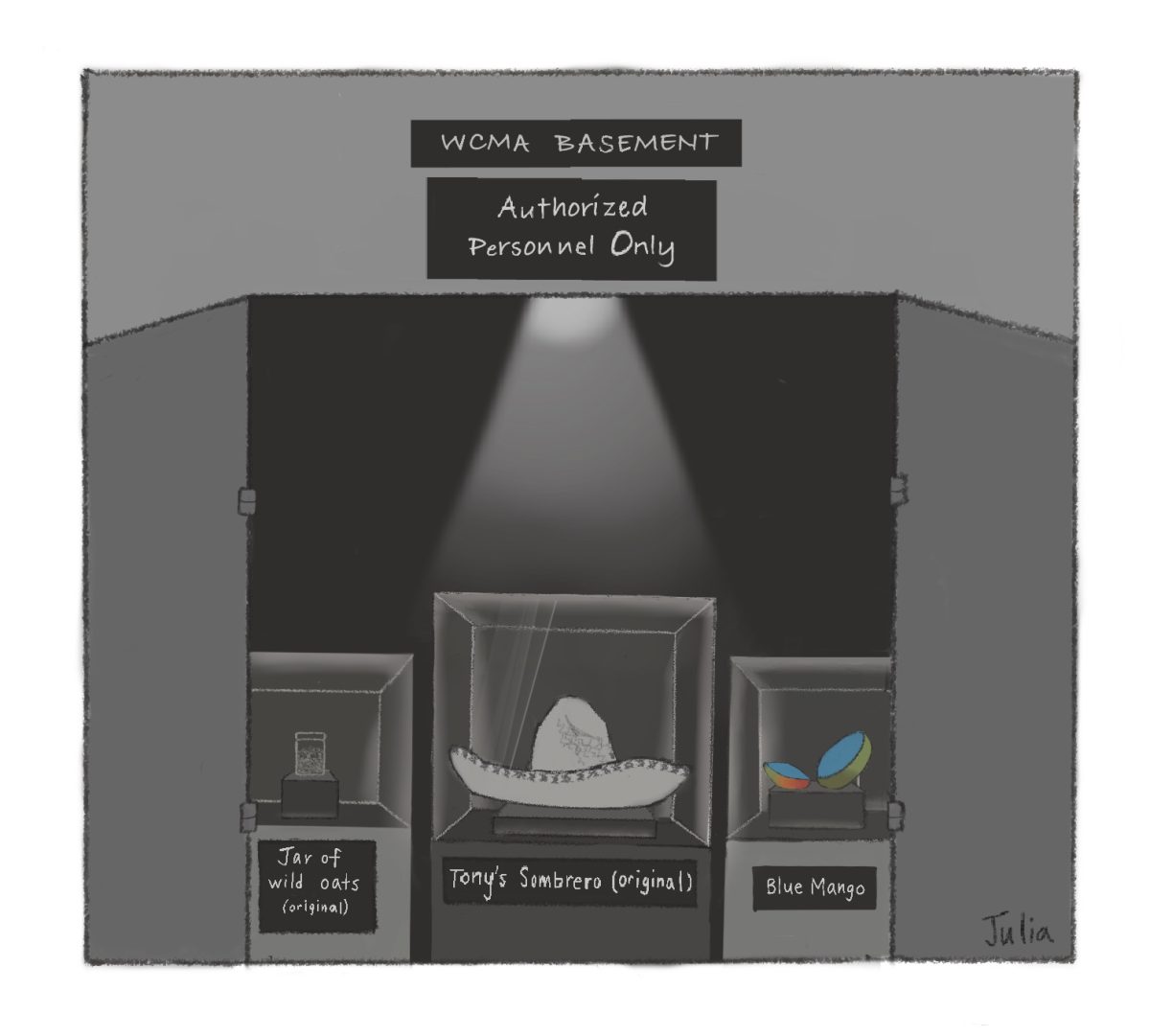The release of the draft Strategic Plan for Sustainability last week is very good news. Informed by the hard work of many, it is by far the most thoughtful and comprehensive plan for pursuing sustainability that the College has ever produced. Williams has already undertaken important initiatives, including more accurately measuring and publicizing the sources of our emissions. It has also begun integrating sustainability practices more deeply into its administrative systems. These efforts are to be applauded.
Yet the College is falling short on some of its most important goals. In 2015, then-President Falk and the Board of Trustees committed to do a number of things, among which I mention two:
1. Reduce net greenhouse gas emissions 35% below 1990 levels.
2. Partner with students, faculty, staff and community to reduce fossil-fuel use.
The draft report outlines progress made toward these ends, but as it also acknowledges, in six of the last seven years, according to the Zilkha Center, Williams greenhouse gas emissions have risen. As a result, current emissions are almost exactly where they were in 1990. Some of these increases are a result of improved measurement of emissions rather than elevations in emissions themselves, due to better monitoring of travel emissions and a new way of calculating the conversion of electricity to CO2. But as the report states, “our emissions strategy needs to focus . . . also on our demand.”
In this respect, the College is not behaving like a responsible citizen. Yes, travel to conferences helps faculty keep up with professional developments. Yes, the current art museum lacks industry-standard storage facilities. And yes, the “Teach It Forward” campaign required more flights by development staff. Looked at individually, one can understand the rationale for these behaviors. But seen in a larger context, our consumption patterns are insupportable.
Williams is often ranked first in the U.S. News and World Report list of “Best Colleges.” The college has won the Sears Cup more times than I can count. But the Sierra Club also has a ranking system, a “Cool School” list evaluating sustainability on the basis of building, air & climate and divestment, among other criteria. Of the 269 institutions that submitted information in 2018, the College placed 241. Which is to say that despite our abundant resources, we are ranked almost in the bottom 10 percent. Don’t like those results? The College also participates in STARS, a “Sustainability Tracking, Assessment and Rating System.” In 2019, when measured against a dozen of our peer institutions (Wesleyan, Bowdoin, Middlebury, and so on), how did Williams do? The College came in dead last.
We can quibble about metrics, but let’s not kid ourselves: The College is falling short, and will continue to do so unless we can reduce air travel, reduce campus consumption and halt the ongoing riot of elective construction. For roughly $11,000,000 and considerable embodied carbon, what did the new bookstore get us? A toy bookstore. A bookstore almost without books. Worse still, the College seems likely to embark on the construction of a new art museum. I much admire the work of WCMA, but the College already has more built space per student than almost any college in the country. However environmentally progressive the new building will be, its carbon footprint will be enormous, particularly when one adds in the financial and carbon costs of renovating the old museum for. . . still more art and performance spaces. Each square foot of which must be heated, and cooled and cleaned. In perpetuity.
We cannot build our way out of this dilemma. The ’66 Center provides a photogenic location for the Zilkha Center, but it is not at all clear that the Center functions better there than when it was integrated in the workings of Facilities. The College has done an energetic job of promoting its environmental initiatives. LEED certifications and compostable toilets are fine in their way, but there is moral hazard in celebrating our successes too soon. It is often said that the College’s largest contribution to sustainability will come from educating the next generation of environmental leaders. That seems true only if such education includes a confrontation with budgets, limits and choices. In that spirit, the sustainability draft suggests the possibility of following Swarthmore and Yale in instituting an internal carbon pricing system that would help Williams reckon with “the social cost of carbon in its decisions about building, sustainability project, food purchasing, and travel policies.”
As the new chair of the College Environment Advisory Committee (CEAC), I’m uncomfortably aware of how inexpert I am on these issues, compared to hundreds who have been working on them for decades. But real progress will require all of us — English professors, even — to join in discussions about what kind of community we want to live in, and what we will sacrifice to get there.
That’s why I’m writing today. Operating sustainably will require expensive and sometimes painful changes in how the College goes about its business. The administration and Board of Trustees work on our behalf. They cannot take dramatic action in a vacuum.
Is sustainability truly important for us? (And by “us” I mean all of us, including Williams alumni). If so, please take 30 minutes to read the draft report. Then write to the President or to the Provost or to the Board of Trustees. Tell them that you want sustainability to be one of the College’s core values. Give Maud and Dukes and the trustees the support they will need to act decisively and with courage.
In future Record op-eds, I will explore aspects of sustainability as seen from the perspective of CEAC in more detail. I look forward to a vigorous conversation with many of you.
Shawn Rosenheim, professor of English, is chair of the Campus Environmental Advisory Committee.







